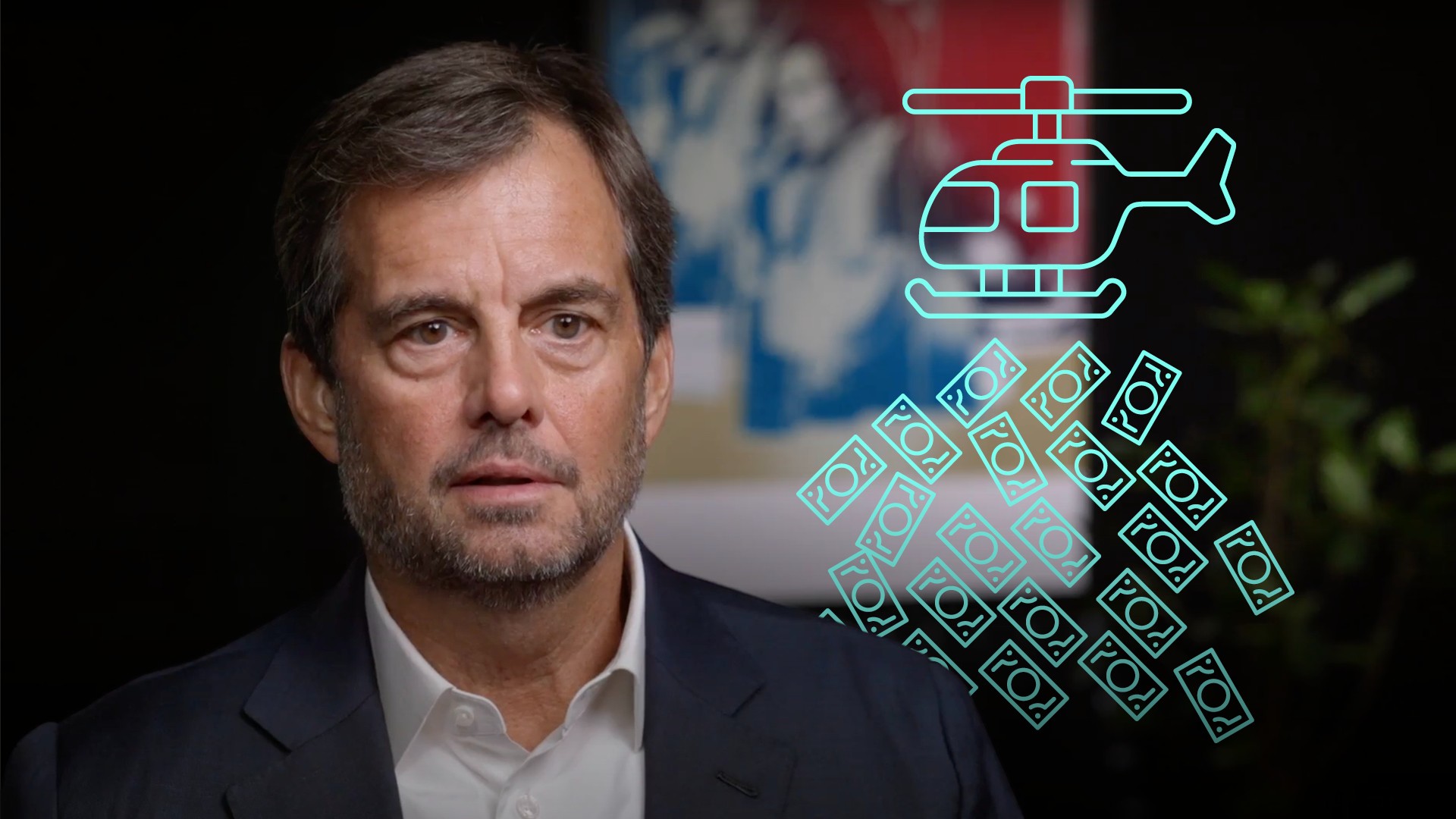
Automatic Stabilisers and Government Intervention

Tim Hall
30 years: Debt capital markets
In the first video about fiscal policy, Tim gave us an overview of the broader macroeconomic model that provides the framework for determining how fiscal policy influences the trajectory of economic growth. In this video, he explains us the theory behind macroeconomic policy but dig a bit deeper, looking specifically at how passive fiscal policy works, then more interestingly at the fiscal policy tools available to governments to influence their economies.
In the first video about fiscal policy, Tim gave us an overview of the broader macroeconomic model that provides the framework for determining how fiscal policy influences the trajectory of economic growth. In this video, he explains us the theory behind macroeconomic policy but dig a bit deeper, looking specifically at how passive fiscal policy works, then more interestingly at the fiscal policy tools available to governments to influence their economies.
Subscribe to watch
Access this and all of the content on our platform by signing up for a 7-day free trial.

Automatic Stabilisers and Government Intervention
10 mins 15 secs
Key learning objectives:
Explain automatic stabilisers and how they work over a business cycle
Examine the discretionary policy tools available to governments to influence business cycles, specifically taxes and government expenditures
Overview:
Fiscal policy can be discretionary, but an economy also has automatic stabilisers that influence business cycles even if a government is not proactively using fiscal policy tools. The major discretionary fiscal policy tools available to a government to correct an economy that is out of equilibrium are taxes and government expenditures.
Subscribe to watch
Access this and all of the content on our platform by signing up for a 7-day free trial.
What are automatic stabilisers?
Automatic stabilisers refer to important aspects of fiscal policy, namely taxes and government expenditures, which change automatically over a business cycle. Without any government intervention, these automatic stabilisers apply the brakes to an economy that is growing, and provide acceleration to an economy that is shrinking. The principal is simple – as an economy grows and operates near full employment, it collects more in taxes and spends less on transfer payments (since unemployment is lower), sucking money out of an economy and slowing its growth.
Conversely, a government collects less in taxes and spends more on transfer payments in an economy that is suffering from high unemployment and capacity underutilisation, injecting liquidity into the economy and providing a form of stimulus to moderate the cyclical downturn.
Why is government intervention needed if there are automatic stabilisers to reduce the amplitude of business cycles?
Governments tend to use discretionary fiscal policy both to reduce the amplitude of cycles and to lessen the length of time that an economy is not in equilibrium, because it is either operating at too-near capacity causing inflationary pressures, or operating with slack capacity, causing high unemployment and a recession. Economists believe that governments are more biased towards using discretionary fiscal policy to combat recessions than to reduce inflation.
What fiscal policy tools does a government have at its disposal?
The major fiscal policy tools, broadly speaking, are taxes and government expenditures. Higher taxes and / or lower government expenditures are contractionary, and lower taxes and / or higher government expenditures are expansionary. Changes to either taxes or government expenditures can have collateral effects on things like wealth distribution. In implementing fiscal policy initiatives, governments can only alter the portion of their budgets that are subject to annual appropriations. More and more government expenditures, like state-provided pensions and healthcare, are fixed, and therefore cannot be easily altered.
Subscribe to watch
Access this and all of the content on our platform by signing up for a 7-day free trial.

Tim Hall
There are no available Videos from "Tim Hall"



























